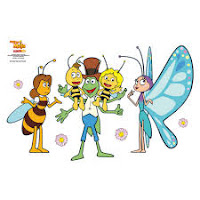Josef Jungmann was born in 1773 and died in 1847. He was a poet and a linguist who was a leading figure in the Czech National Revival.
Along with Josef Dobrovský he is considered to be one of the creators of modern Czech. He introduced the Czech language in schools and wrote the first Czech-German dictionary in five volumes.
Jungmann is the guy I blame for Czech vocabulary being so different from other Slavic languages. In order for his dictionary to have a rather stylistic range of vocabulary that could be used for poetic effect he revived archaic words, borrowed from different Slavic languages and created new words.
He's the reason why most Slavic languages use "teatr" for "theater" but in Czech the word is "divadlo". Or why "music" here in Czechland is "hudba" instead of "muzyka" as it is in most everywhere else. Like I really needed another reason for Czech to be difficult to learn.
Along with Josef Dobrovský he is considered to be one of the creators of modern Czech. He introduced the Czech language in schools and wrote the first Czech-German dictionary in five volumes.
 |
| Jungmann statue in Prague |
He's the reason why most Slavic languages use "teatr" for "theater" but in Czech the word is "divadlo". Or why "music" here in Czechland is "hudba" instead of "muzyka" as it is in most everywhere else. Like I really needed another reason for Czech to be difficult to learn.










































